We hope that each of you, our readers, will enjoy and appreciate this article we present about these 3 Breathtaking Central American Birds. It was certainly our pleasure to compile the information for you. May it provide you with both education and increased awareness.
These few species listed herein represent only a portion of the natural wonders found throughout the world, though. Yet, it’s our belief that they serve as excellent representations of the marvels found here. Check out some of our other articles for similar marvels.
Black-and-white Hawk-eagle
Black-and-white Hawk-eagle Facts
- Leading off this article about these 3 Breathtaking Central American Birds we present the impressive raptor called the Black-and-white Hawk-eagle.
- The lengthy and distinctive name serves as the common name of a visually remarkable avian species across its native range. This magnificent bird also bears the somewhat cumbersome scientific name of the Spizaetus melanoleucus, however.
- The noted French ornithologist Louis Jean Pierre Vieillot holds the distinction of many firsts. Among these is the fact that he represented the first scientist to officially describe the species. This fortuitous action further occurred in the year 1816.
- Unfortunately, despite its numbers and range, a sad fact remains. In point of fact, researchers still know very little about certain aspects of the life of this bird. This lack of information holds especially true in regards to its breeding habits.
- The visually striking creature also represents a source of some confusion in scientific circles. This holds true due to a most uncommon set of circumstances. That consists of the fact that it has been moved from one genus to another several times.
- For the moment, the IUCN lists the Black-and-white hawk-eagle as Least Concern. This listing appears in its Red List of Threatened Species. That status, though, could easily change in the near future, as conditions appear to be changing rapidly.
- For one thing, its population numbers currently appear to be diminishing. This situation also lamentably extends throughout the entirety its natural range. Not surprisingly, the effects of ongoing climate change likely form its greatest threat.
Black-and-white hawk-eagle Physical Description
The gorgeous Black-and-white hawk-eagle merits attention for more than just its size. In point of fact, the bird ranks as an average-sized raptor. Like many related species, this animal displays a moderate degree of the physiological trait of sexual dimorphism.
In the case of this particular creature, this characteristic manifests itself in the fact that some females attain a slightly larger average weight. The species as a whole develops respectable measurements. Adults reach an average body length of about 20 – 24 in (50 – 60 cm).
A typical wingspan for both genders, furthermore, equates to roughly 46 in (117 cm). Weight, though, remains where the genders differ slightly, overall averages remain approximately equal. To be precise, a typical weight equals roughly 1.88 lb (0.85 kg).
In terms of appearance, however, no gender-based differences appear. In point of fact, both sexes of the remarkable Black-and-white hawk-eagle remain virtually indistinguishable. As the common name suggests, the basic color scheme appears as black and white.
This pattern of colors, meanwhile, generally presents itself with the body, neck, and head being white in color. The wings of the magnificent bird display a dark black, along with a lone black spot on the top of the head. But the tail shows brown with dark gray.
- Kingdom: Animalia
- Phylum: Chordata
- Class: Aves
- Order: Accipitriformes
- Family: Accipitridae
- Genus: Spizaetus
- Species: S. melanoleucus
Black-and-white hawk-eagle Distribution, Habitat, and Ecology
Despite not being widely known, the sincerely extraordinary Black-and-white hawk-eagle inhabits a fairly broad swathe of the world. That holds true due to the fact that the remarkable animal inhabits portions of both North America and South America.
Impressively, that native territory does not simply entail minor regions of the two continents. More precisely, the fascinating bird appears as far north as southern Mexico. However, its known endemic range also extends as far south as the country of Argentina.
Within this wide range, though, it possesses highly specific requirements. That holds true since it only inhabits specific habitat types. These consist of lowland forests of any type. While it does inhabit highly humid and dense forests if it must, these are not preferred.
The physically impressive bird has even more decidedly precise preferences for where it makes its home. It only inhabits such regions that appear at lower altitudes, unless forced to relocate there. This marvel of Nature also prefers regions with close-packed canopies.
Like other raptors, the stunning Black-and-white hawk-eagle evolved to feed exclusively as a carnivore. Although it hunts opportunistically, it does, like most animals, have preferred prey. These primarily consist of various toads, small mammals, and lizards.
One more unusual factor about its nature remains, though. To the surprise of many researchers, a large percentage of its diet also consists of various types of small birds. Although certain animals prey on its young in the nest, adults have few natural predators.
Great Potoo
Great Potoo Facts
- Next up in this collection of these 3 Breathtaking Central American Birds comes the astonishing creature named the Great Potoo.
- This extraordinary avian, with its seemingly bizarre appearance, most frequently goes by the deceptively simple common name we’re using. It does have at least one alternate title, though. That’s the very similar moniker of grand potoo.
- Among scientific professionals, however, it’s more often referred to by its technical name. Thankfully, that’s a comparatively easy term for the layperson to pronounce. That’s because this intriguing bird holds the short official title of Nyctibius grandis.
- It received that blessedly simple formal title due to the efforts of the German naturalist, Johann Friedrich Gmelin. This noted researcher achieved the first acknowledgement of it as a separate and distincts species. He managed that noteworthy feat in 1789.
- No matter which of these various appellations one uses, it remains an impressive creature. It also holds the distinction of being the largest of all known varieties of potoo. Currently, six related species exist, placed within the same genus, Nyctibius.
- Luckily, the Great Potoo seems to be maintaining a population base that’s both stable and sufficient. That pleasant situation further appears to hold true throughout the entirety of its range. The IUCN thus presently lists it as Least Concern on its Red List.
- The animal nonetheless faces a few potential threats to its existence, however. The most immediate of these consists of habitat loss due to deforestation. It’s also potentially endangered by the same effects of ongoing climate change as other species.
Great Potoo Physical Description
The remarkable Great Potoo fully merits appreciation for being the marvel of evolution that it is. In this creature, Nature created a truly intriguing animal. It earns its notice mainly due to its appearance, however. In terms of size, it’s a roughly average-sized bird.
It does stand out physically in one respect, though, other than how it looks. That’s in the fact that, unlike many species, it displays no noticeable degree of the physiological trait known as sexual dimorphism. Both genders thus remain nearly indistinguishable to the eye.
Individuals of both sexes therefore attain approximately the same measurements in all respects. An average body length for this amazing bird ranges from 19 – 24 in (48 – 60 cm). Mass also naturally varies accordingly, but averages 0.81 – 1.44 lb (0.37 – 0.65 kg).
The typical wingspan for the animal also varies, regardless of sex. Interestingly, it does not do so to as great of a degree as the weight, though. This measurement ranges from 27.6 – 31.7 in (70.0 – 80.4 cm). A general average for this equals about 28.93 in (73.5 cm).
In terms of coloring, the Great Potoo presents a distinctive pattern. Its feathers typically present a pattern of color that varies between individuals. This generally consists of a mixture of gray, white, black, and burgundy. White bars also cross the tail in a lateral manner.
Yet its eyes remain its most striking feature. These develop as quite large in relation to the head. They also appear a dark brown and display a yellow iris. The head additionally grows large in relation to the body. Its wings are elliptical in shape, and the tail grows elongated.
- Kingdom: Animalia
- Phylum: Chordata
- Class: Aves
- Order: Nyctibiiformes
- Family: Nyctibiidae
- Genus: Nyctibius
- Species: N. grandis
Great Potoo Distribution, Habitat, and Ecology
The unusual bird known as the Great Potoo evolved as native to a moderate-sized expanse of the globe. Its exact zone of habitation likely won’t surprise many people, however. That’s because the animal shares its general range with all other known species of potoo.
That range consists of parts of both North America and South America. The most northerly known section of its territory reaches up to southern Mexico. From there, it appears in most of Central America. To the south, it lives as far as southeast Bolivia and Brazil.
The winged wonder also evolved very specific preferences in terms of its habitat. If necessary, though, it’s proven itself to be quite adaptible, as well, in this regard. Principally, however, the avian prefers to make its home in either humid or semi-humid forested regions.
Most specimens live in dense forest, preferably in lowland regions. Some do, though, appear at altitudes of up to 4,921 ft (1,500 m). It’s also seen around edges of forest and clearings. The creature sometimes ventures into open meadows, but only if the forest is nearby.
The Great Potoo evolved as nocturnal in nature. The carnivorous predator typically perches high in the canopy, waiting to pounce on unsuspecting prey. It mainly consumes larger flying insects, such as katydids and beetles, but sometimes bats and smaller birds.
Breeding generally occurs between February to August. Females usually lay a single egg, yet relatively little is known about their brooding behavior. Hatchlings mature quickly, reaches two-thirds of the size of an adult within 5 weeks! An average lifespan remains unknown.
Harpy Eagle
Harpy Eagle Facts
- Finishing up this gathering of 3 Breathtaking Central American Birds is the next raptor on the list, the impressive Harpy Eagle.
- The magnificent creature presently ranks as the largest and most powerful of all known types of eagles living in a rainforest. This huge and truly stunning variety of raptor also ranks as one of the largest species of eagle found anywhere on earth.
- Some confusion does surround the animal, however, in regards to its common name. Some refer to it as the American harpy eagle. This occurs due to the desire to avoid confusing it with another species of eagle inhabiting the same habitat range.
- Quite unfortunately, the IUCN now lists this incredible bird as Near Threatened on its Red List of Threatened Species. This lamentable fact occurs due to a combination of factors. Chief among these is the ongoing destruction of much of its natural habitat.
- In fact, in parts of the range it previously inhabited, the gorgeous animal has now disappeared entirely. In addition to this, the magnificent bird known as the Harpy Eagle also faces various other threats to its continued existence.
- Even in the regions it still appears in, its numbers appear to be reduced. The fabulous bird also faces the same dire threat as many other species around the world today. This consists of the ongoing threat of climate change, which looms over countless species.
Harpy Eagle Physical Description
The truly stunning Harpy Eagle possesses an extremely visually striking physical appearance. This easily sets it apart from related species. This statement holds true for several reasons. Its sheer physical size only represents one of these factors, however.
But, as remains true of many species, this bird displays the trait of sexual dimorphism. In its case, though, this means that the female of the species reaches a significantly greater size than her male counterpart. Both genders also have the largest talons of any type of eagle.
The female of the marvelous species, usually being the larger of the two, typically attains a maximum body length measuring about 3.5 ft (1.07 m). The smaller male of the species pales in comparison. He rarely exceeds a body length of 2 ft 10 in (86.5 cm).
The impressive females further attain a much greater mass than the males. The body weight of the female achieves an average totaling as much as 18. 3 lb (8.3 kg). Yet the males, however, only reach a maximum known weight of 13.1 lb (5.95 kg), and average much less.
Both genders of the Harpy Eagle do share many characteristics. This includes displaying the same overall physical appearance. The upper portions of the body present dark black feathers. Yet, the underside of the bird remains primarily white in color.
The exception to this tendency is that of the presence of thin black stripes on each of its legs. But, the remarkably majestic head displays a pale gray color, along with a double crest. Finally, the upper side of the tail shows a black color, with three gray stripes.
- Kingdom: Animala
- Phylum: Chordata
- Class: Aves
- Order: Accipitriformes
- Family: Accipitridae
- Genus: Harpia
- Species: H. harpyja
Harpy Eagle Distribution, Habitat, and Ecology
The native habitat range of the magnificent Harpy Eagle measures quite extensive. In point of fact, it extends from Mexico, in North America, to Argentina, in South America. In the country of Mexico, though, the fabulous creature appears to be nearly extinct.
Very sadly, though, this marvelous bird continues to have a thinly scattered population. This lamentable fact further apparently holds true throughout the entirety of its known range. The loss of much of its native habitat negatively impacts it as much as other species.
The animal additionally has a very specific type of region in which it makes its home. The majestic predator primarily inhabits regions of lush tropical rainforests. Not surprisingly, then, the majority of its numbers appear in this habitat in the country of Brazil.
The bird also requires a very particular range of height above sea level for its range. Most individuals, live in areas with an elevation lower than 3,000 ft (900 m). Scattered individuals do appear at altitudes of as much as 6,600 ft (2,000 m), in areas of similar vegetation.
The powerful Harpy Eagle still remains one of the top predators in every area it lives in. Its prey, furthermore, mainly consists of various tree-dwelling mammals. Yet, it also occasionally hunts such animals as squirrels, porcupines, and opossums, to name a few.
More precisely, however, sloths and monkeys comprise the majority of its food supply. In this respect, its great size and power provide it with a significant advantage. Meanwhile, the deadly creature itself understandably has very few natural predators.
3 Breathtaking Central American Birds
We hope that each of you enjoyed reading, and hopefully learning from, this article we’ve written about these 3 Breathtaking Central American Birds. It’s also our hope that doing so has left you with either a new or renewed appreciation for such wonders of Nature.
Unfortunately, however, many of their kindred around the world now find themselves facing strong threats to their continued existence as a species. Many of those dangers, in fact, stem from the actions of mankind. We must do all we can to protect and preserve them all.
Check out our other articles on 3 Surprising South American Moths, Africa’s Many Geological Masterpieces, 5 Woefully Rare Woody Shrubs, 5 Fully Fabulous Foxes,
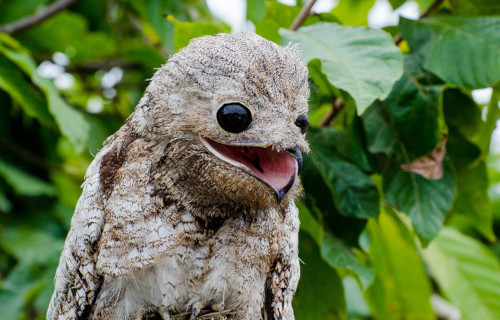
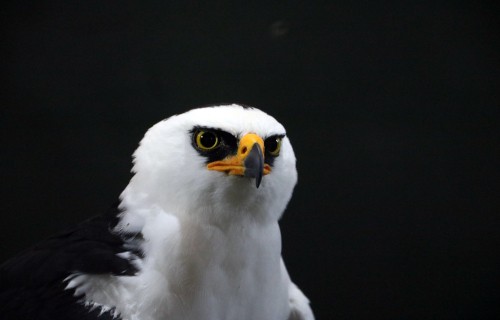
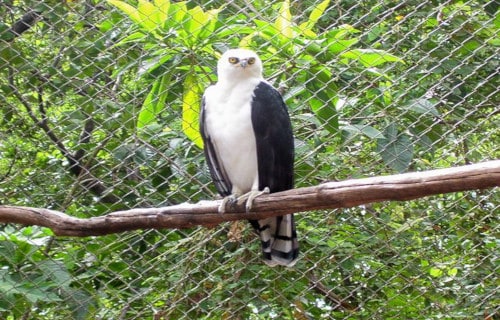
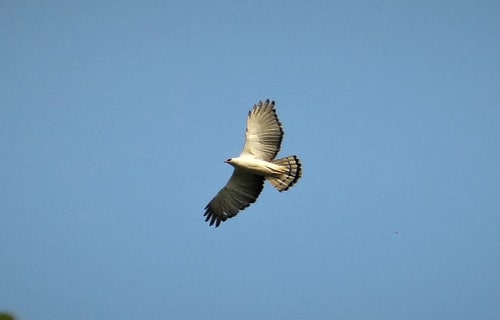
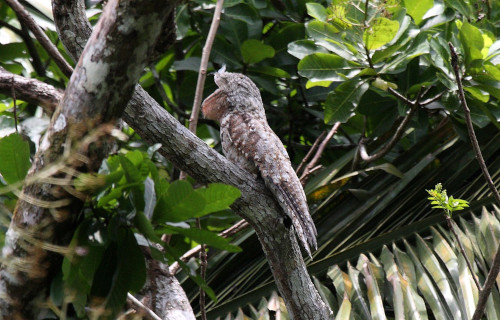
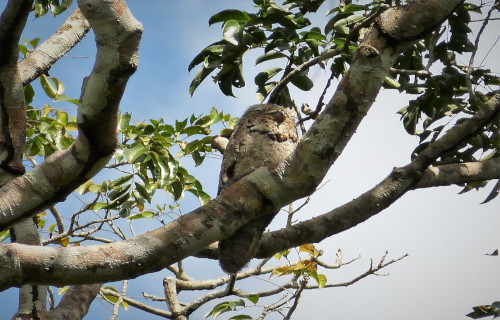
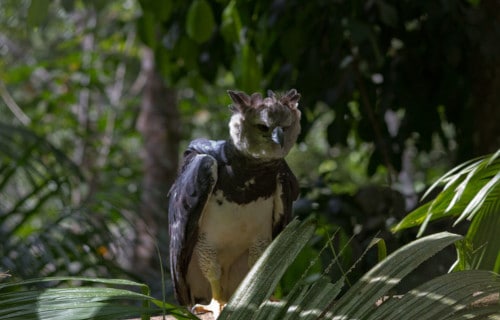
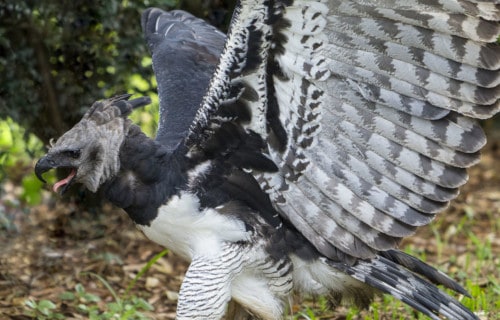
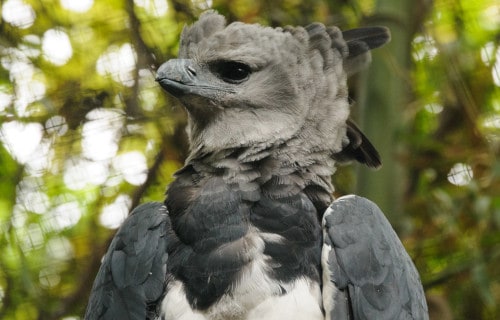









Leave a Reply